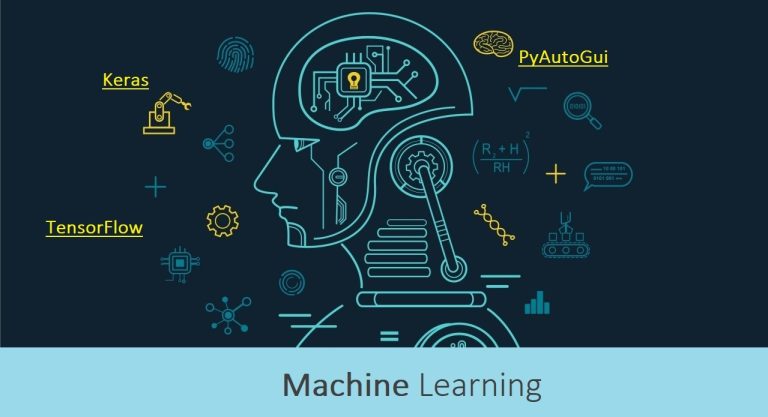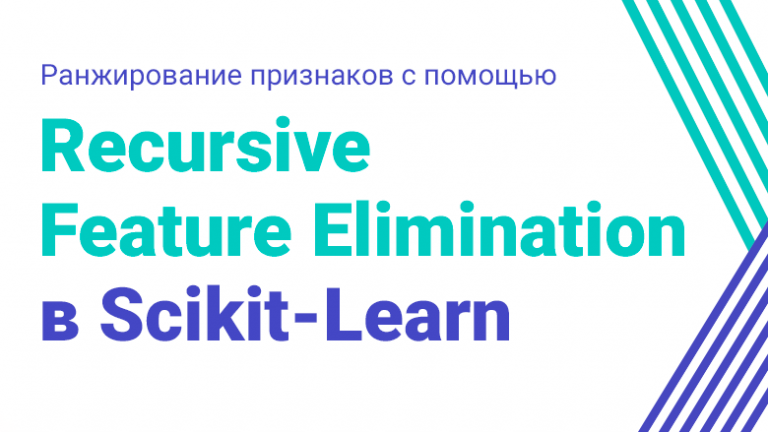why you should study tutorials before working with clouds and who is it especially important for?

The migration of companies to Russian clouds is gaining active momentum – at the end of 2023, the volume of the cloud services market in Russia showed an increase of about 34% and has reached mark of 121 billion rubles. This demand for cloud services is partly due to the pursuit of the benefits of clouds: lowering the barrier to entry into IT, increasing the availability of modern tools and computing resources, simplifying administration and management tasks. At the same time, on the way to correct migration and the desired benefits, companies often encounter a misunderstanding of the principles and features of working in a cloud environment.
We'll tell you how cloud providers are trying to solve this problem, why tutorials are needed, and who needs to study them.
Guides, instructions and tutorials: why providers teach users
Each provider strives for users to be able to start working with their cloud natively – with a minimum of problems, questions and “dark spots”. To achieve this, service providers often go beyond providing consultations and instead develop self-paced learning materials that provide real-life examples of the capabilities and features of the cloud.
Such training materials may contain:
- description of the main functions and capabilities of the cloud solution;
- instructions for setting up and using various services and resources;
- examples of using cloud resources to solve specific problems and problems;
- tips for optimizing work with cloud resources;
- cloud security and data protection guidelines;
- recommendations for safe and seamless migration to the cloud from another platform.
Such training materials can be presented in different formats. For example, in the form:
- articles;
- video lessons;
- interactive training courses;
- documentation.
For example, training materials on working with cloud services on the VK Cloud platform are presented in the form
. They consist of articles, videos, self-study materials, practical tasks and a Telegram chatbot, which the user can access at any time. If necessary, answers to questions can also be obtained through personal consultation from technical support specialists.
Why should users “get acquainted” with the cloud before work?
Each cloud is unique both architecturally and in terms of the features available. Therefore, there are often no uniform operating patterns applicable to all clouds – even a relatively experienced specialist who has worked in Azure for 10 years without problems can come to a Russian cloud and encounter unusual functionality already at the migration stage. The fact is that the principles and features of working with each cloud platform differ.
In fact, studying provider tutorials is an opportunity to avoid pitfalls that are possible in a particular cloud. There are many reasons to study such materials. Here are the main ones:
- Knowing the nuances. Studying a tutorial is an opportunity to gain not abstract general knowledge, but competence in working with a specific platform. For example, in such tutorials you can often find information on how best to configure services, how to ensure security, and what configurations are best built for specific tasks.
- Completeness of information. Often, providers strive to include in tutorials as much information as possible about the most popular services. Each service provider has their own. For example, the VK Cloud tutorial covers the full cycle of working in the cloud – from IaaS and PaaS (including Kubernetes, tools for BigData, ML) to migration and security. The presence of such comprehensive materials eliminates the need to search for “information on forums” or bury yourself deeply in technical documentation – all the most important things are collected in one place and in a convenient format.
- Expertise. As a rule, top specialists with extensive experience are involved in the development of tutorials. For example, the experts in the tutorial on working with cloud services on the VK Cloud platform are architects, engineers, technical product managers, representatives of the technical support team, and more. Studying their recommendations is an opportunity to learn from those with expertise.
- Practical skills. Often, within the framework of provider training programs, you can not only study theory, but also consolidate the acquired knowledge in practice. Thus, the user can conduct a full test drive of the platform, albeit within the given scenarios, and finally understand whether the cloud is suitable for the job. There are also practical tasks in the Cloud Native DIY tutorial.
- Confirmation of knowledge. Based on the results of completing tutorials, many providers issue certificates. For example, a certificate is issued after passing Cloud Native DIY from VK Cloud. Such a document is proof of expertise. This is especially useful for specialists who are seeking career growth or work in integrator companies and will subsequently provide services for migrating companies to a specific cloud.
Not only new users: who benefit from studying tutorials
Studying training materials on working with cloud services on a specific provider’s platform is useful for a wide range of specialists, regardless of their role in the team. For example:
- developers can evaluate the capabilities of the cloud platform and the available stack of tools;
- architects – to understand how suitable the platform is for building the required IT infrastructure;
- Information security specialists – how safe and reliable the cloud is.
Conventionally, all beneficiaries of such training can be divided into several large groups.
- Companies. By delegating to his employees the study of the features of a cloud platform, a business manager has the opportunity to safely and without large investments (often without them at all) understand whether a particular platform is suitable for deploying an IT infrastructure or launching individual solutions, taking into account all available criteria.
- Current cloud users. Often, even in the process of work, users encounter typical blockers, problems or ambiguities. As a result, such “knowledge gaps” can lead to irrational use of cloud resources, building an insufficiently reliable security system, or failures at the level of interaction between services. Learning about the cloud you work in helps eliminate such gaps and make the most of the cloud's capabilities.
- Specialists from companies planning migration. For IT specialists planning to switch to a new platform, the guide makes it easier to study its nuances and capabilities, allowing them to understand the operating features of various services, such as a balancer, S3 storage, tools for managing IaC and ML. For specialists for whom the guide is their “first contact with a new cloud,” studying the materials collected by the provider is practically the only alternative to “biting into the official documentation.”
- Integrators. Specialists providing cloud integration services must have a good understanding of all the “deep” nuances. Moreover, this is important not only for “techies” who will “hands-on” build the infrastructure, transfer data and perform all the settings, but also for pre-sale architects who must understand all the capabilities of the cloud in order to convey them to end users and speak the same language with them.
Offtopic: what is important to understand
The goals of users studying educational materials or even completing practical tasks within the tutorial may be different. Accordingly, it is true that their requirements for the content and presentation of materials may differ. At the same time, there may be certain requirements for the “recipients” of the guides themselves. The most common one is having basic knowledge. The logic is quite simple – it is important for the provider not to tell what Kubernetes is, but to explain exactly how work with services and tools is structured on a specific platform. For example, to comfortably complete the Cloud Native DIY tutorial, it is advisable for users to know the basic principles of infrastructure virtualization and database operation.
Summary
Cloud providers strive to make their platforms as functional as possible and to make working with them intuitive. But even in such situations, without knowing many of the nuances, you can end up walking through a labyrinth of mistakes. Moreover, even significant experience with clouds from other providers may not be applicable. Therefore, you should not neglect studying the tutorials that providers have painstakingly compiled. Here it is worth adhering to the rule: it is better to spend time studying the guide than subsequently eliminating errors and delving into the documentation on your own.



